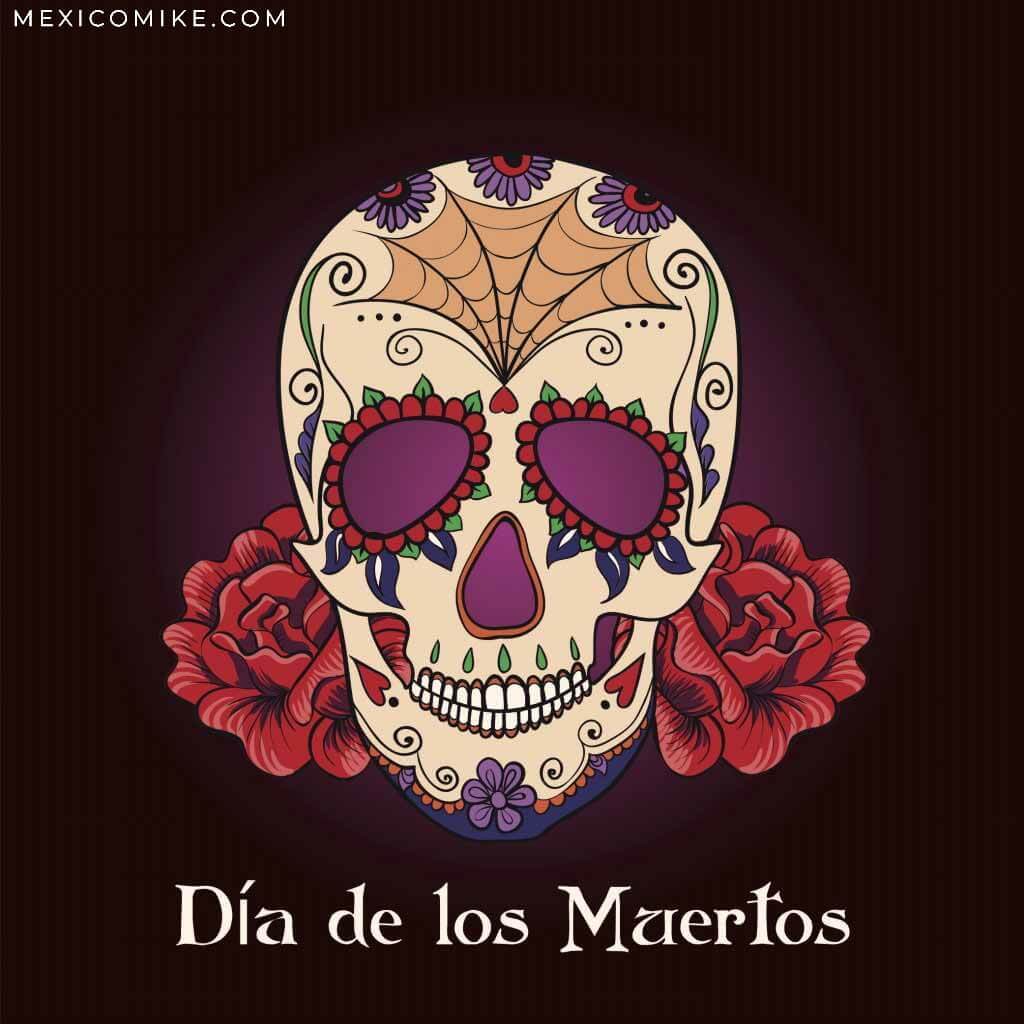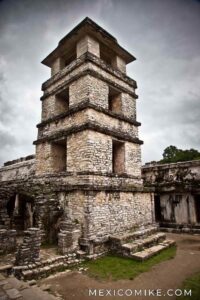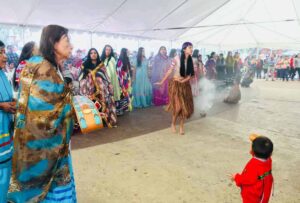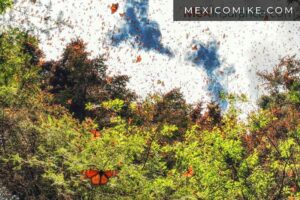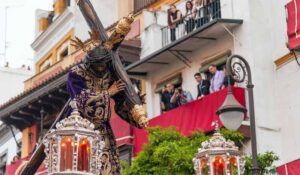I see dead people. That is what you might say if you visit most anywhere in Mexico between November 1 and 2. While in modern Mexico, Halloween (October 31) is often celebrated much the same as in the USA, the truly Mexican festivals are Dia de los Inocentes (Nov. 1) honoring deceased children and babies and Dia de los Muertos (Nov. 2) honoring adult departed souls. The tradition pre-dates the Aztecs, though those Nahuatl or Aztecs were a real partying bunch. Their celebration lasted for a month. The Catholic Church, as it did frequently, usurped the pagan holidays by declaring Nov. 1 All Saint’s Day and Nov. 2 All Souls Day. But they don’t celebrate those “holy days” with as much gusto as Mexicans celebrate their “holidays.”
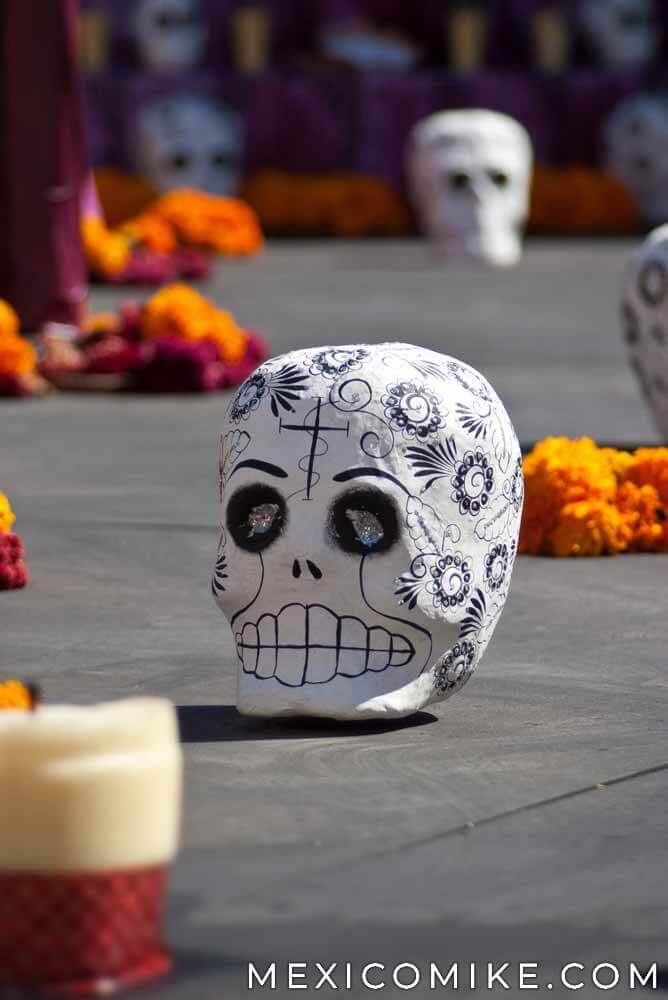
Dia de los Muertos – Traditions
Anyone who has spent much time around Mexicans knows that humor is a big part of the culture. Dia de Los Muertos, while it is serious in the sense that the families honor their departed loved ones and invite them to come back for orations and celebrations, also brings out the irreverent side of the family. Families go out to the graves of the deceased to honor and pray for them. As long as the family is together, the party. That is the Mexican way. They also make macabre jokes about their loved ones, refer to them by their diminutive nicknames, bring bottles of tequila, mescal or whatever the deceased like to drink, and so on. They frequently help the spirits dispose of the spirits. Perhaps, as a result, some family members may dance around the grave to wake the party-poopers up. They bring the dead ones’ favorite foods and bread, pan de Muerto. Sugar candies shaped like skulls are very popular and you will see them in shops everywhere. The family has a picnic on the grave – there is no sense in letting all that food and drink go to waste. But they save some for the guests of honor.
The Day of the Dead altars is found in most homes and many public places. These are small altars, modeled after the ones you’d see in a church, but pimped out. There are pictures of the dead relatives, skeletons, grinning skulls, and more adorning them. Marigolds are considered a favorite flower of the underworld denizens so most altars have them. Life-size skeletons pop up everywhere. Many are dressed and brides are very popular.
Caution for Gringos Celebrating
Foreigners are welcome to observe the ceremonies, but they are expected to show respect. While the family can make fun of their relatives, woe is unto the gringo who does, unless invited to do so. You can see this celebration all over, but the towns of Patzcuaro, Janitzio in Michoacán, Oaxaca in the state of Oaxaca are most well-known for their observances. While many towns in the state of Chiapas celebrate, the indigenous people of Chiapas are not welcoming to outsiders. Thus, if you want to see things there, I strongly suggest you get a local guide to take you where you will be welcome. The city of San Cristobal de las Casas would be better than a village, in my humble opinion to witness the Dia de Los Muertos celebrations.
Halloween has become a bid deal in the past decade or so. Mexican children clamor for “Halloween costumes” just like the little darlings back home. Traditional Mexicans resent this commercial import from the Norte, but take some solace in the fact that the same kids participate in Dia de Los Muertos. Those gringos come down to observe and sometimes participate in their holiday must be a source of amusement for them.

